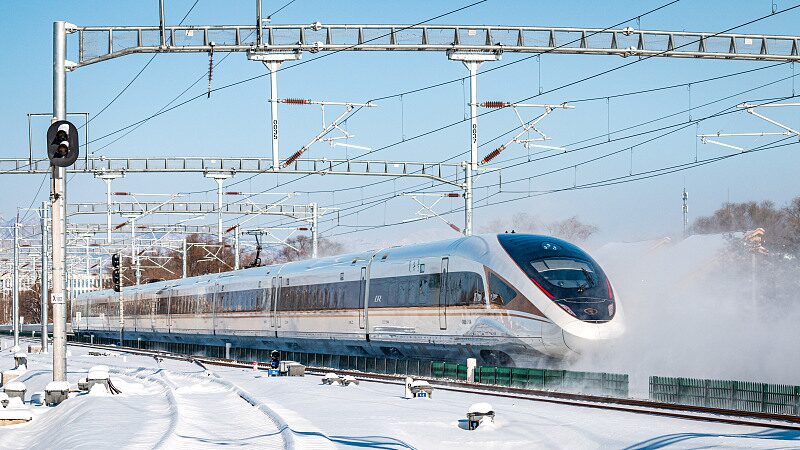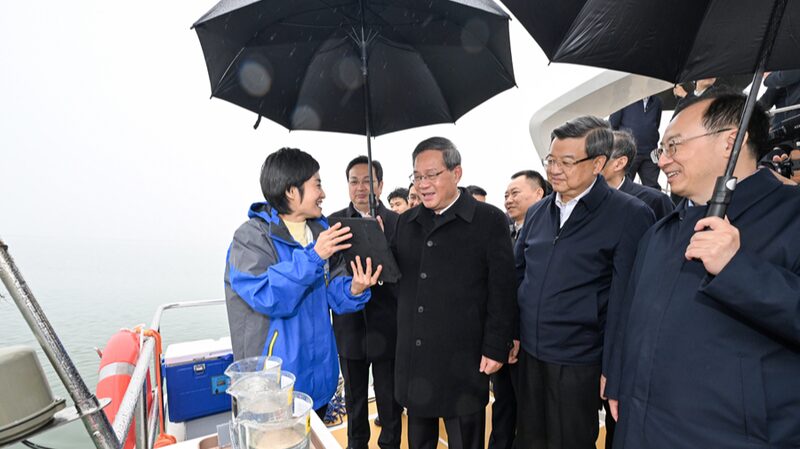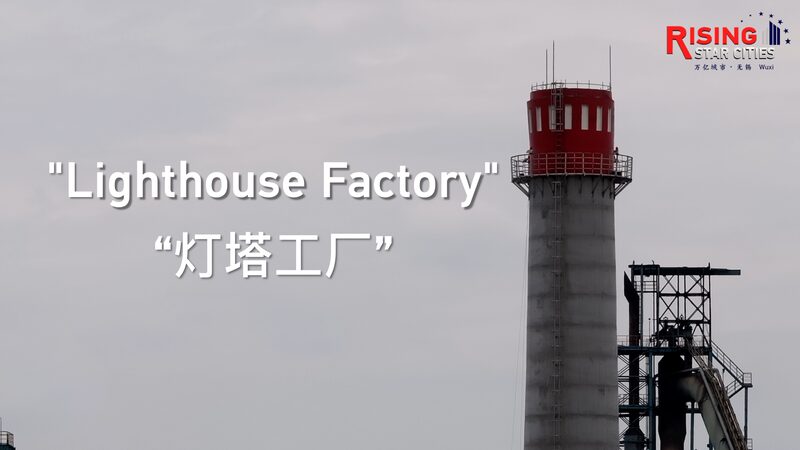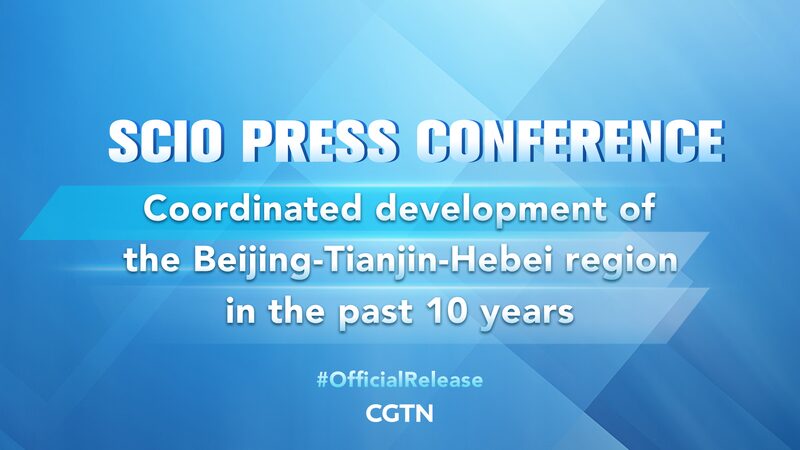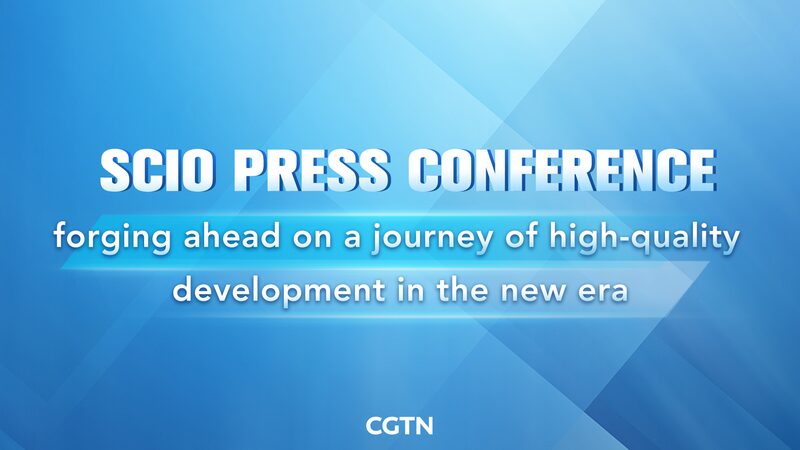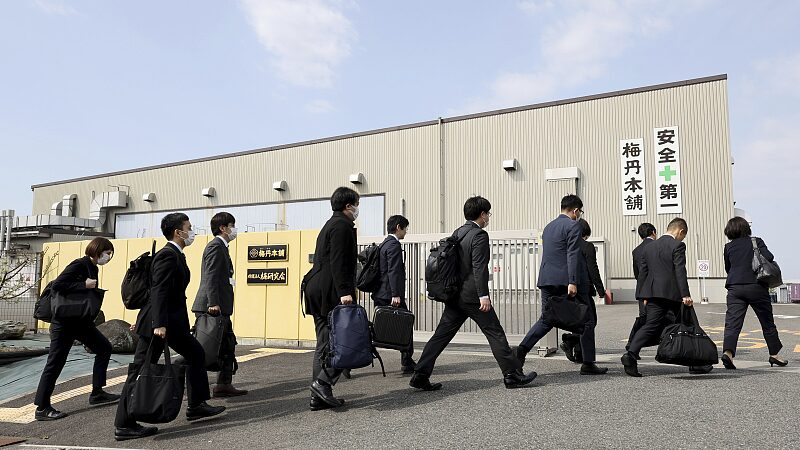In just under a minute, a production line in a photovoltaic (PV) manufacturing factory in Hebei Province, northern China, produces a 1.92-square-meter piece of glass capable of generating electricity. This marvel isn’t just a technological feat; it’s a testament to the collaborative power of China’s Jing-Jin-Ji industrial cluster.
The company’s headquarters and research center are nestled in Beijing, where abundant talent and innovative research institutes thrive. Over five years, the team overcame significant technological hurdles to develop cadmium telluride (CdTe)-based PV, a thin-film technology that, despite being just a few microns thick, can absorb most visible light. This thin film, when layered appropriately, forms an electric field that converts absorbed light into current and voltage.
By mass-producing this advanced glass in Hebei, the company exemplifies the synergistic relationship between Beijing’s research prowess and Hebei’s manufacturing capabilities. This collaboration not only fuels China’s green energy development but also embodies the coordinated growth of the Beijing-Tianjin-Hebei (Jing-Jin-Ji) industrial cluster.
Synergy Across Regions
The Jing-Jin-Ji initiative, a national strategy launched in February 2014, aims to harmonize development across Beijing, Tianjin, and Hebei. Over the past decade, this region has witnessed remarkable strides in economic integration and innovation.
Liu Bozheng, executive deputy director of the Jing-Jin-Ji Joint Work Office for Coordinated Development, revealed that Beijing transferred over 74.87 billion yuan (about $10.5 billion) in technology to Tianjin and Hebei in 2023 alone—an expenditure more than ten times that of 2013. Enterprises from Zhongguancun, Beijing’s renowned technology hub often dubbed China’s Silicon Valley, have established over 10,000 branches in Tianjin and Hebei. Investments from Beijing enterprises into these neighboring regions have reached a staggering 2.3 trillion yuan (about $324 billion).
The region is accelerating its coordination through a model where research and development occur in Beijing, and manufacturing thrives in Tianjin and Hebei. This approach leverages each area’s strengths: Beijing’s innovation and talent, Tianjin’s industrial base, and Hebei’s manufacturing capacity.
Transformative Impact
In the past ten years, significant shifts have occurred:
- Over 3,000 manufacturing enterprises relocated from Beijing to Hebei and Tianjin.
- Nearly 1,000 markets and logistics centers in Beijing were moved or upgraded.
- Over 9,200 hectares of land in Beijing, freed up after the demolition of illegal buildings, have been reforested.
These changes have not only decongested Beijing but have also spurred economic growth in the surrounding areas. The total economic output of the Jing-Jin-Ji cluster in 2023 surpassed 10.4 trillion yuan (about $1.5 trillion), marking a 68 percent increase over 2013.
Future Focus: Innovation and Integration
Looking ahead, the Jing-Jin-Ji industrial cluster aims to deepen its cooperation in technology and innovation. In November last year, the three regions released six trans-regional industrial chain maps to guide further integration. These maps cover:
- New energy and smart vehicles
- Robotics
- Hydrogen energy
- Bio-medicines
- High-end machine tools
- Cybersecurity and industrial internet
Dai Yongkang, director of the Office of Tianjin Leading Group promoting Jing-Jin-Ji Coordinated Development, noted that they’ve identified over 400 bottlenecks within these industrial chains. “We will further strengthen trans-regional coordination and accelerate the cultivation of advanced industrial clusters,” Dai stated.
Li Wei, deputy director of the Railway Engineering Research Institute of the China Academy of Railway Sciences Co. Ltd, echoed this sentiment. “Thanks to the coordinated development strategy, we have invested in and built industrial bases and inspection and testing service bases in Tianjin, including mobile equipment, public works engineering, communication signals, and energy conservation,” he said. Their model of conducting research in Beijing and mass-producing in Tianjin and Hebei exemplifies the cluster’s collaborative spirit.
Conclusion
A decade into the Jing-Jin-Ji coordinated development strategy, the region stands as a shining example of regional collaboration driving innovation and economic growth. By harnessing the unique strengths of Beijing, Tianjin, and Hebei, China is not only addressing regional disparities but also setting a course for sustained, integrated development.
Reference(s):
Ten years on, how does China's Jing-Jin-Ji industrial cluster perform?
cgtn.com
